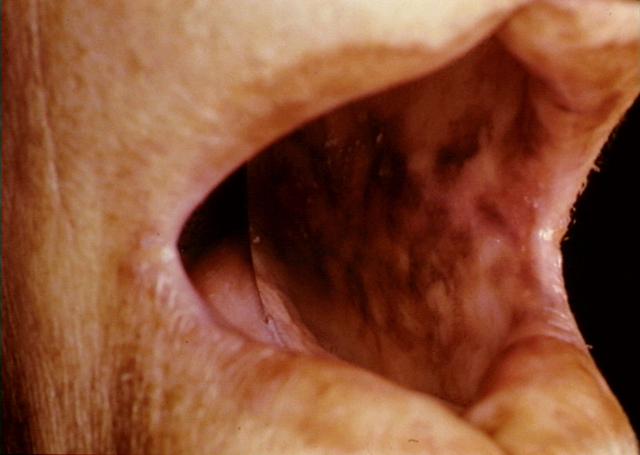 TB control programme reduces cases of the disease sharply News Date: 27th January 2011 more than 2.2 million Tuberculosis Bacillus (TB) cases have been successfully cured in India in the last decade through the Revised National Tuberculosis Control Programme(RNTCP). Since the beginning of the programme in 1997, 45 million people with symptoms of TB had examined and over 12.6 million patients were on the treatment and thus more than 2.2 million additional lives were saved, a senior official said. “The TB mortality rate in the country has been reduced from 42 per lakh population in 1990 to 24 per lakh population in 2009 after RNTCP was launched,” Central TB Division Deputy Programme Manager Dr K S Sachdeva said. those 2.2 million people would have otherwise died if RNTCP, the world largest TB control programme run by Director General of Health Services, Ministry of Health and Family Welfare, had not been implemented, Sachdeva said. Though, out of the global annual TB incidence of 9.4 million, India accounted for two million patients, which was a cause for concern, he said. However, the RNTCP has shown considerable success in the last decade and achieved a new sputum positive case detection rate of more than 73 per cent last year and a treatment success rate of more than 87 per cent against global benchmark of 70 per cent and 85 per cent respectively, he said. having achieved the global objectives of case-detection and treatment success rate for last three consecutive years, the programme has set for itself an ambitious target of universal access to quality TB care for all TB patients, Sachdeva said. by 2015, RNTCP aims for early detection of at least 90 per cent of all TB patients in the community, including HIV associated TB and to treat 90 per cent of such patients successfully, he said. the multi-drug resistant TB (MDR-TB) which has emerged as a challenge is a man-made phenomenon caused by irregular or inadequate treatment, Sachdeva said adding “Irrational treatment by the private sector was causing MDR-TB.” He said the best way to prevent emergence of MDR-TB was by implementing ‘Directly Observed Treatment(DOTS)-Plus service’. Source: GNA
TB control programme reduces cases of the disease sharply News Date: 27th January 2011 more than 2.2 million Tuberculosis Bacillus (TB) cases have been successfully cured in India in the last decade through the Revised National Tuberculosis Control Programme(RNTCP). Since the beginning of the programme in 1997, 45 million people with symptoms of TB had examined and over 12.6 million patients were on the treatment and thus more than 2.2 million additional lives were saved, a senior official said. “The TB mortality rate in the country has been reduced from 42 per lakh population in 1990 to 24 per lakh population in 2009 after RNTCP was launched,” Central TB Division Deputy Programme Manager Dr K S Sachdeva said. those 2.2 million people would have otherwise died if RNTCP, the world largest TB control programme run by Director General of Health Services, Ministry of Health and Family Welfare, had not been implemented, Sachdeva said. Though, out of the global annual TB incidence of 9.4 million, India accounted for two million patients, which was a cause for concern, he said. However, the RNTCP has shown considerable success in the last decade and achieved a new sputum positive case detection rate of more than 73 per cent last year and a treatment success rate of more than 87 per cent against global benchmark of 70 per cent and 85 per cent respectively, he said. having achieved the global objectives of case-detection and treatment success rate for last three consecutive years, the programme has set for itself an ambitious target of universal access to quality TB care for all TB patients, Sachdeva said. by 2015, RNTCP aims for early detection of at least 90 per cent of all TB patients in the community, including HIV associated TB and to treat 90 per cent of such patients successfully, he said. the multi-drug resistant TB (MDR-TB) which has emerged as a challenge is a man-made phenomenon caused by irregular or inadequate treatment, Sachdeva said adding “Irrational treatment by the private sector was causing MDR-TB.” He said the best way to prevent emergence of MDR-TB was by implementing ‘Directly Observed Treatment(DOTS)-Plus service’. Source: GNA